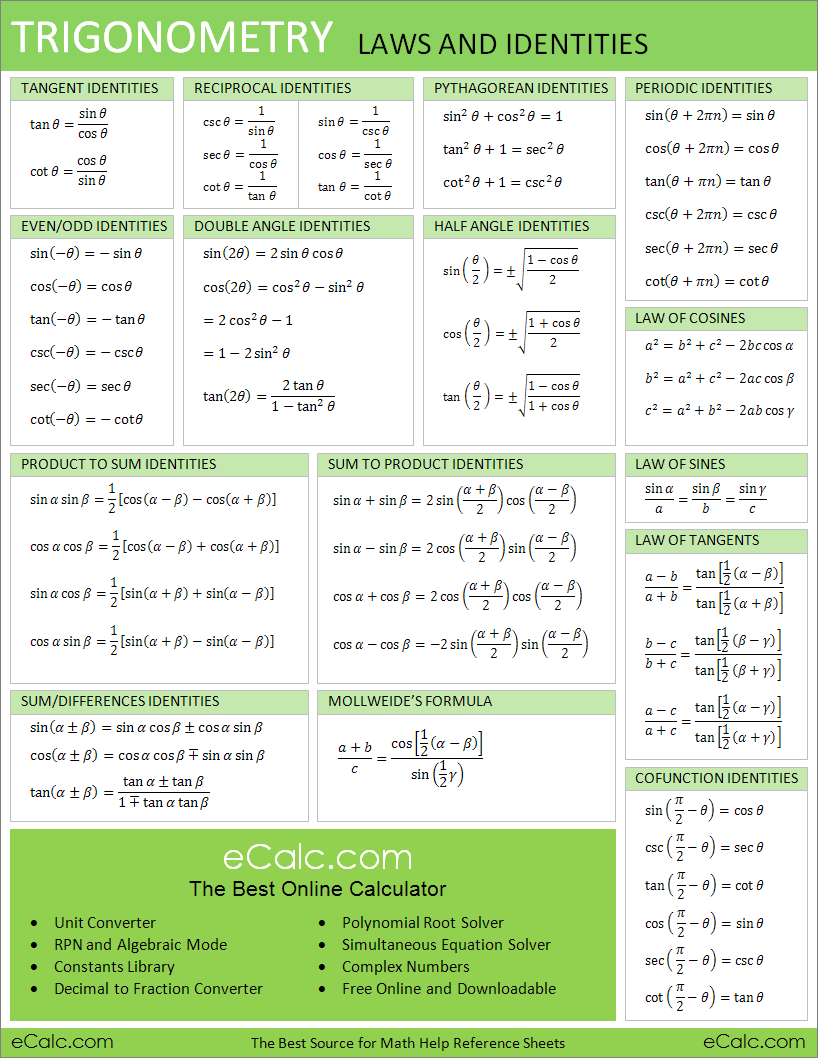

The antiderivative product rule is also commonly called the integration by parts method of integration. = sin (x 2) + C Antiderivative Product Rule Substitute this into the integral, we have Let us see an example and solve an integral using this antiderivative rule. The antiderivative chain rule is used if the integral is of the form ∫u'(x) f(u(x)) dx. The chain rule of derivatives gives us the antiderivative chain rule which is also known as the u-substitution method of antidifferentiation. We know that antidifferentiation is the reverse process of differentiation, therefore the rules of derivatives lead to some antiderivative rules. Please do not confuse this power antiderivative rule ∫x n dx = x n+1/(n + 1) + C, where n ≠ -1 with the power rule of derivatives which is d(x n)/dx = nx n-1.

Using the antiderivative power rule, we can conclude that for n = 0, we have ∫x 0 dx = ∫1 dx = ∫dx = x 0+1/(0+1) + C = x + C. Let us consider some of the examples of this antiderivative rule to understand this rule better. This rule is commonly known as the antiderivative power rule. Now, the antiderivative rule of power of x is given by ∫x n dx = x n+1/(n + 1) + C, where n ≠ -1. The antiderivative rules are common for types of functions such as trigonometric, exponential, logarithmic, and algebraic functions. We will discuss the rules for the antidifferentiation of algebraic functions with power, and various combinations of functions. In this section, we will explore the formulas for the different antiderivative rules discussed above in detail.


 0 kommentar(er)
0 kommentar(er)
